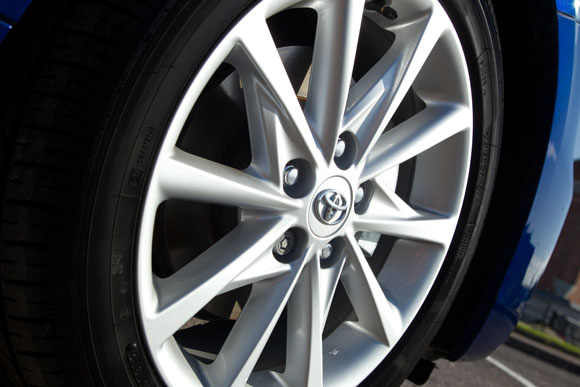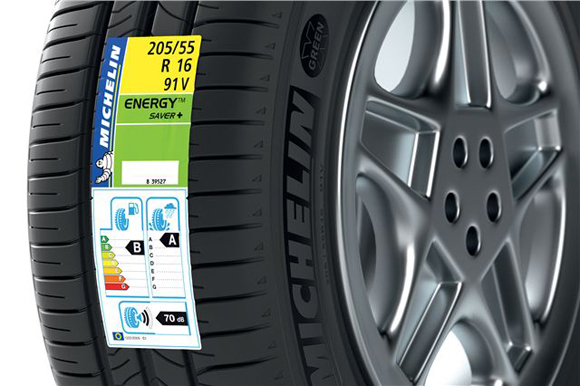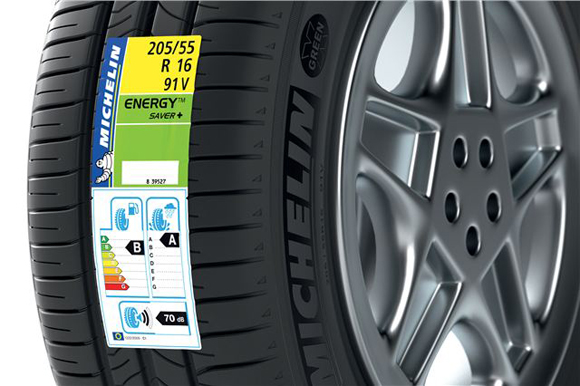
Since the dawn of motoring we’ve only had one sure way of comparing tyres – price. But in November 2012 the tyre industry gave us three new ways to compare rubber – measuring individual performance in terms of wet grip, noise levels and rolling resistance.
New labelling to show the results of these tests was developed. These labels resemble the ones you see on fridges and washing machines, rating performance on a simple colour-coded A to G scale. But are they worth reading?
Improve your car’s economy, safety and comfort
Tyres account for 20-30% of our fuel consumption. Okay, there’s no such thing as a frictionless tyre, but with the right compound with very low rolling resistance you can improve your economy by seven percent using tyres given a top A rating instead of those rated G.
Wet grip adds a safety angle and measures the tyres’ ability to stop the car on a wet road.
The third measurement, expressed in sound waves (the fewer the better) tells you how much noise they’ll make.

Tyre makers are responding to ratings
Clear labelling is having another, perhaps less obvious benefit. It’s driving tyre manufacturers to produce ever better tyres. Tyre data supplier Cam Systems report that more tyre makers are offering so-called double A tyres, meaning they score the prized A rating for both rolling resistance and wet grip.
That’s very hard to do, says Vanessa Guyll, technical specialist at the AA, because a tyre that stops you smartly in the wet is not the same as one that offers low rolling resistance. The trick is a new compound with lots of a synthetic material called neodymium polybutadiene rubber.
That increases the price, but not by as much as the £40 per tyre the AA first predicted it would. And hopefully, you’ll make that back in fuel savings. Research carried out by the University of Munich suggest that on average a family car travelling 20,000 a year would cut its fuel bills by £250 by switching to A-rated tyres.
But there are still unknowns: “We don’t know whether the compound will last,” says Guyll. So it could remove all those fuel savings by wearing out quicker. The AA also warns that there are other variables to consider, for example dry road braking, wet road handling and comfort.
How you can make a difference…
Then there’s the huge difference we make to the tyre’s performance. As we point out on the tyre advisory section of our website, a new tyre with its 8.0mm of tread depth will stop your car much more quickly than one with the legal limit of 1.6mm remaining. And if you fail to pump them to their proper pressure, you will radically increase rolling resistance and wear while reducing braking performance.
Every Toyota service includes a check of each tyre’s pressure and tread depth, which removes some of the worry about maintaining your tyres. Our service technicians also advise on issues outside of the label, such as the longevity of different tyre compounds.
Hopefully this labeling system will persuade more people that tyres are crucial to the efficient and safe performance of our cars. But some things remain out of the control of both you and the tyre companies. Road surfaces can make a big difference to rolling resistance, while frost damage makes them rougher and therefore noisier.
Finnish tyre expert Nokian says that water on the road at a depth of just 0.5mm can increase rolling resistance by up to 50%. Put another way, mother nature imposes its own fuel tax but at least we can offset that by reading the label. This enables us to partly judge a tyre before you fit it to your car.




